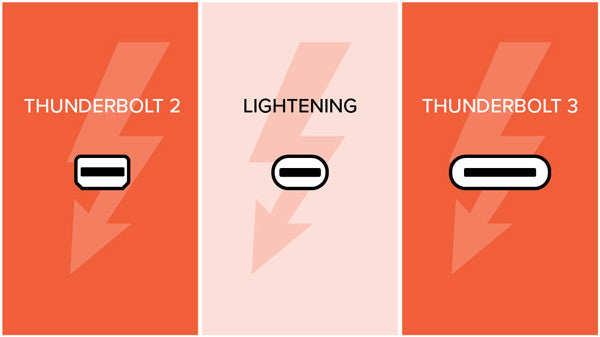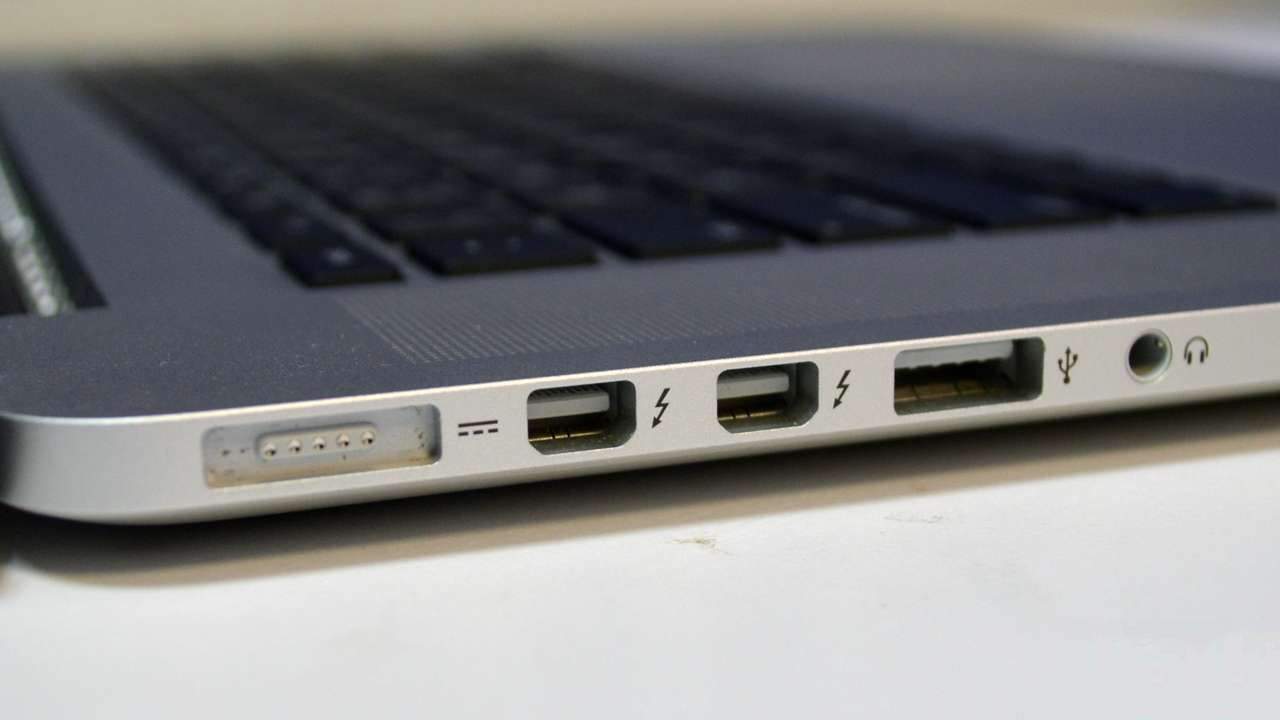
If these are important to you (and they should be) be very careful to read the documentation of the products you’re purchasing. Fast data transfer speeds is a specification called USB 3.1 or USB 3.1 Gen2, while the integration of DisplayPort is it’s own feature. The ability to provide 100W of power is called USB Power Delivery or USB PD. The reversible cable is a feature called USB Type-C, or USB-C. However, it is important to know that each of these improvements is a separate specification, and device (and cable) manufacturers could choose to integrate one, two or all of them. This sounds great! A single, easy-to-use cable that powers your laptop, brings a video signal to a monitor, and splits into a hub letting you use other USB devices. There are other new features in USB, too, like ultra-fast data transfer speeds up to 10Gbps, and up to 100W of power – enough to charge a laptop, and even adding an HDMI or DisplayPort video signal into a single cable. The new USB Type-C cable and port is reversible, so there is no “up” or “down,” and you can plug it in either way. I’m sure we’ve all had difficulty plugging in a cable or flash drive because we’ve had it upside down. There are multiple improvements in the trusty USB port we’ve been using for so long. As there are so many devices that support USB, keeping up to date on the latest developments in this port, cable and standard is important.
Usb2 vs usb 3 for mac serial#
How is USB 3.1 different from USB 3.0 or even 2.0? The USB, or Universal Serial Bus, is a port standard that has been around for nearly 20 years and is the most widely used. You may be wondering what these are, whether they are the same thing, and what the difference is. There’s USB 3.0 and 3.1, and then there’s something called USB-C, officially known as USB Type-C.


If you’ve spent time shopping or researching new consumer gadgets you will have heard about the new USB ports and standards.


 0 kommentar(er)
0 kommentar(er)
